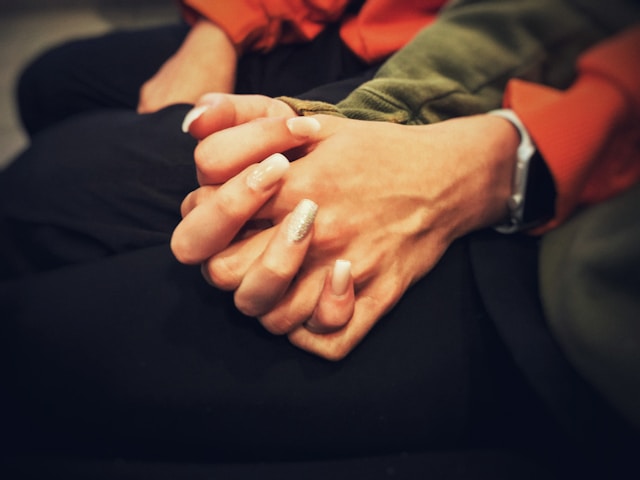The quiet charm of rural Barrie, Ontario, is overshadowed by the haunting testimonies emerging from the Maloney human trafficking trial. A case that intertwines exploitation, coercion, and manipulation demands our attention, not just for its legal ramifications but for the chilling truths it reveals about the mechanics of labour trafficking.
The heart of the trial lies in the testimony of a woman who once considered herself part of the Maloneys’ inner circle. Her words paint a picture of control thinly veiled as intimacy. She described a relationship dynamic where personal connections were weaponized, keeping individuals compliant under the guise of mutual affection. “We were all in a relationship,” she testified, revealing how emotional dependence was cultivated to blur lines of consent and agency. This tactic is not uncommon in trafficking cases, where personal relationships can become tools of manipulation.
The work environment described was equally grim. The woman and others were expected to perform gruelling labour—renovating barns, managing household chores, and caring for children—all while receiving meagre compensation. Payments were reportedly as low as $250 a week, supplemented by encouraged Employment Insurance claims. This exploitation extended beyond economics; it was a systematic stripping of autonomy, with punishments in place for non-compliance, such as being denied basic privileges like meals or entertainment.
One of the most disturbing elements of the case is the reported deterioration of the complainant’s mental health. Witness testimony recounts how the complainant fell into a spiral of self-neglect and despair, exacerbated by isolation and emotional manipulation. It’s a stark reminder of how trafficking doesn’t merely exploit labour but also devastates the human spirit.
What stands out in this trial isn’t just the alleged exploitation but the sophisticated methods of control employed. The Maloneys reportedly instructed the women on how to speak to authorities, encouraging them to focus on discrediting the complainant. This calculated approach highlights not only the perpetrators’ awareness of their actions but also the systemic challenges victims face in seeking justice.
As the trial unfolds, it becomes clear that the issue at its core is larger than this one case. The intersection of labour abuse and human trafficking is a global crisis, often hidden in plain sight. It thrives on power imbalances and societal blind spots, where victims are silenced by fear, shame, or manipulation.
Addressing this issue requires more than legal interventions; it demands societal awareness and a commitment to dismantling the structures that allow exploitation to flourish. As the testimonies in Barrie remind us, the cost of inaction is measured not just in lost wages but in broken lives and stolen dignity.
References:
‘We were all in a relationship’: Woman testifies against Maloneys in human trafficking trial

